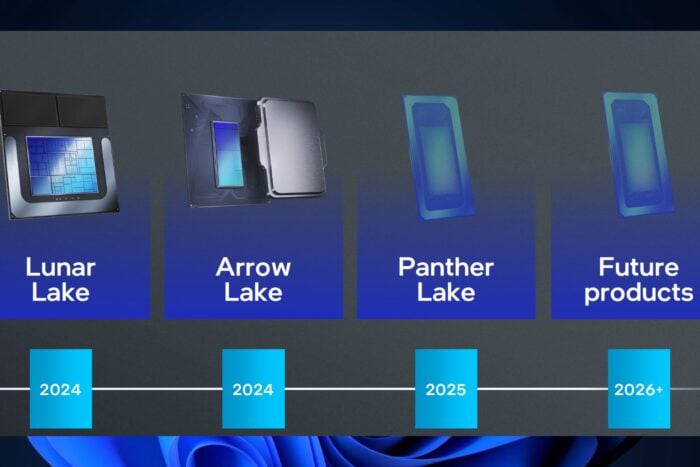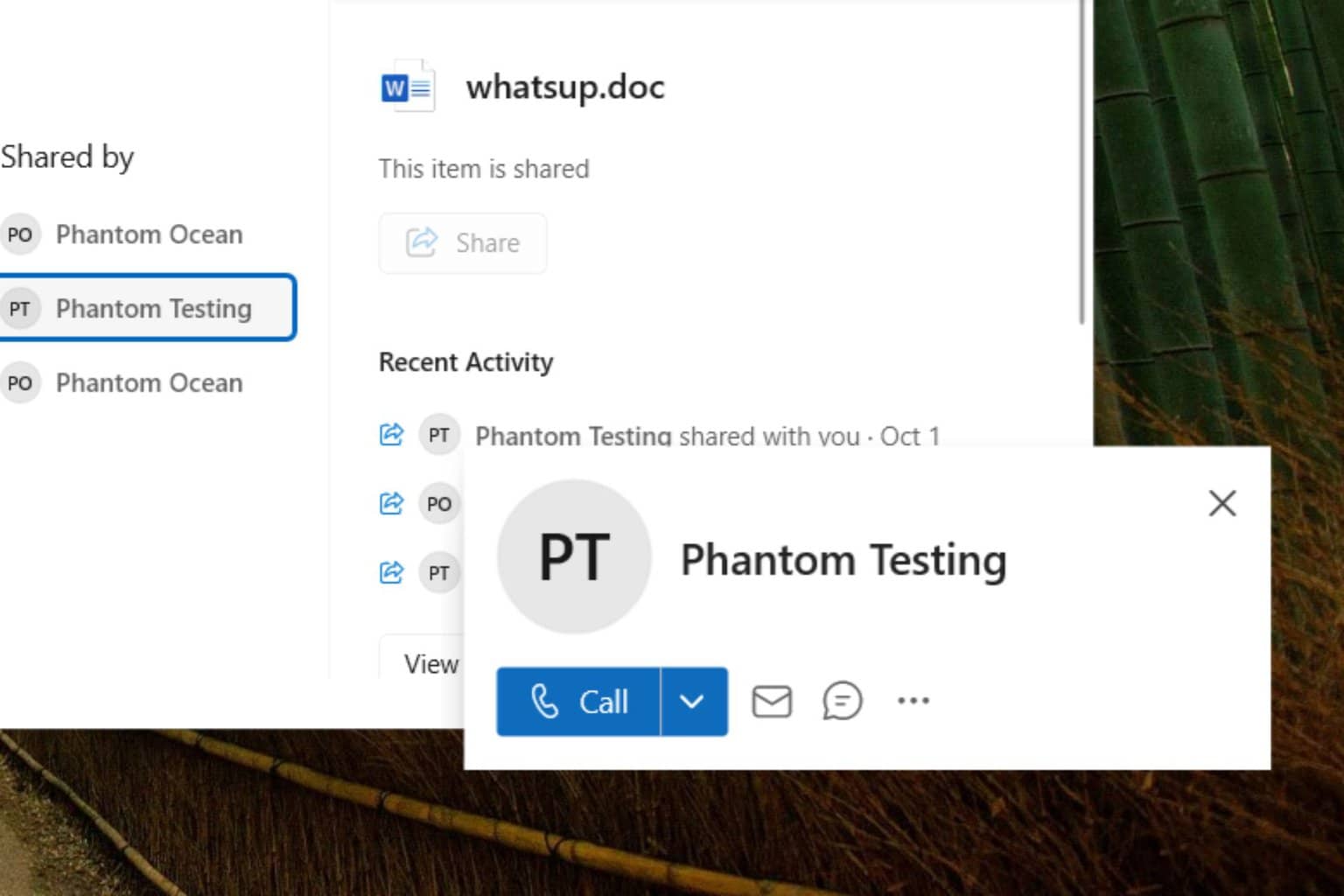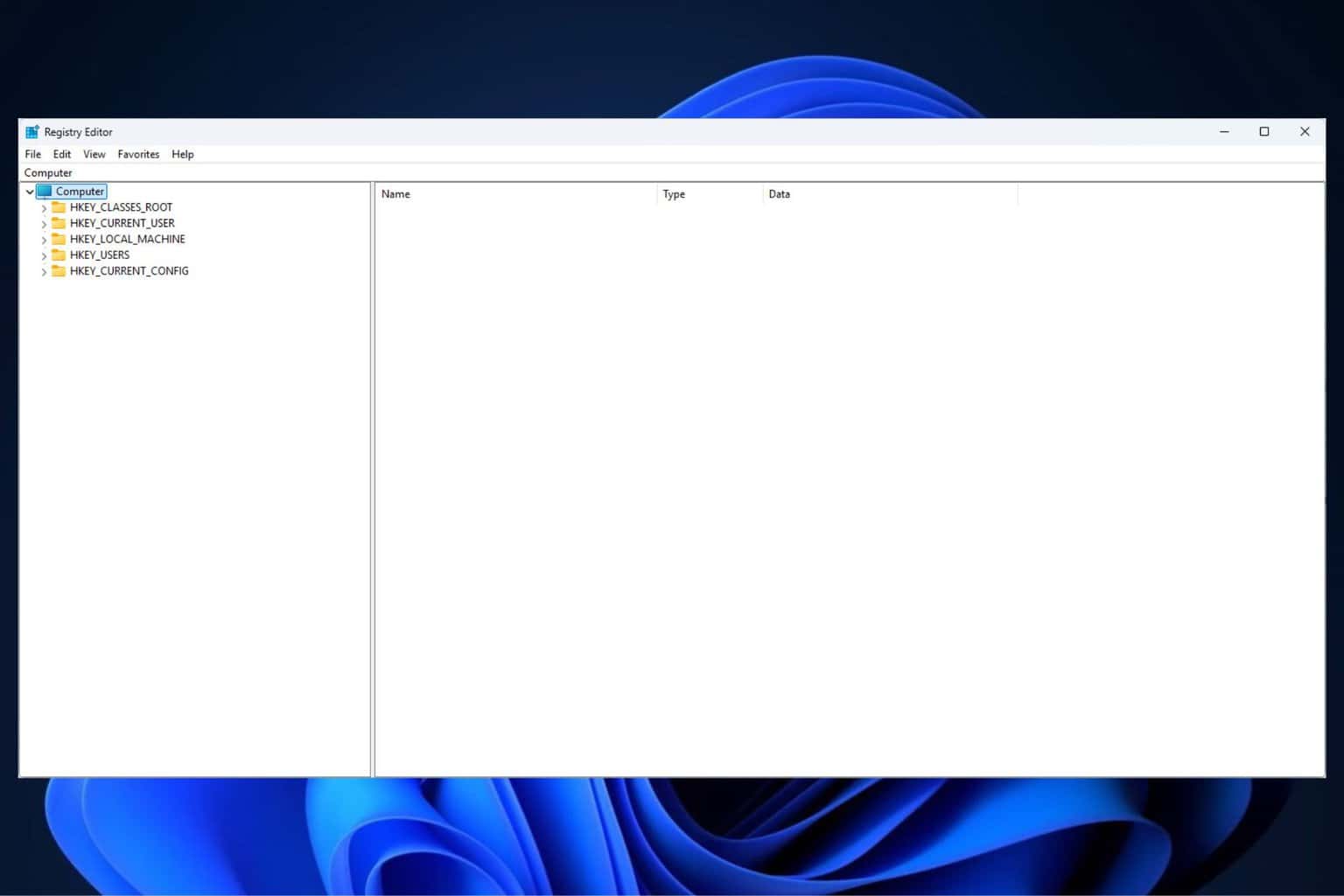Intel's upcoming Panther Lake promises memory flexibility
Panther Lake will be available starting 2025.
3 min. read
Published on
Read our disclosure page to find out how can you help Windows Report sustain the editorial team Read more

Intel’s journey into the future of computing is taking a significant leap with its Panther Lake CPUs, and let me tell you, it’s not just another chip on the block. Intel has officially powered on its next-gen Panther Lake CPUs. This moment marks a pivotal point in Intel’s roadmap for future developments.
These chips are built on the 18A process node, which is groundbreaking and signifies that they’re not just about speed; they represent smarter and more efficient computing across various segments.
Now, why does this matter? To begin with, Panther Lake marks a substantial transition from Lunar Lake, which was based on TSMC, to an in-house design of CPUs that intends to offer much more. Pat Gelsinger, the CEO of Intel, showed off one wafer containing these CPUs and emphasized the shift towards significant alterations in architecture instead of merely increasing clock speeds.
This method aims to enhance instructions per cycle (IPC), which refers to making every cycle of the chip’s running process perform more tasks for better effectiveness and energy conservation.
But what’s inside the tech? Intel hasn’t shared all the information yet, but we’ve been hearing about new cores, Cougar Cove for P-Core and an improved Skymont for E-Core.
It seems these changes will significantly change how Intel makes its chips; instead of focusing on process node improvements like before, they are moving towards microarchitectural enhancements that should help with both performance and power efficiency.
Panther Lake is highly malleable for those who love technology or work in the field, particularly concerning memory. It is different from Lunar Lake’s more solid memory arrangements because it will have numerous types of memory choices available in the market.
This variety can considerably enhance scalability across various power requirements and performance levels. This signifies that you can use Panther Lake for any computer, from a small laptop to a powerful desktop.
Intel is not going to halt this. They have big plans to make Panther Lake much larger and cover both the mobile and desktop segments. This shows that Intel has gained an important understanding from designing Lunar Lake and is now prepared for us to experience something unique.
When can we buy these chips? According to WCCFTech, production is planned to start in the first half of 2025, and they should be available for purchase later that same year. While we anticipate this exciting milestone, Intel’s present products, such as Lunar Lake and Arrow Lake CPUs, are continuously progressing to give us a preview of what lies ahead in computing technology.
On the big picture, Intel’s dedication to enhancing IPC and architectural aspects shows its dedication to innovation. It is not only about making chips quicker; it also involves making them more intelligent and effective. With Panther Lake, Intel appears ready for a new definition of what can be attained in computing—I am excitedly looking forward to seeing how far this journey will go.








User forum
0 messages